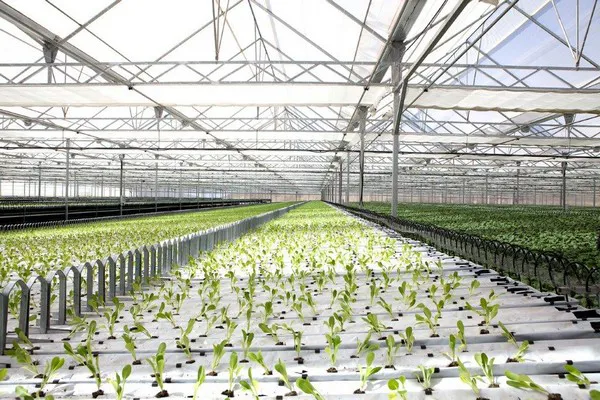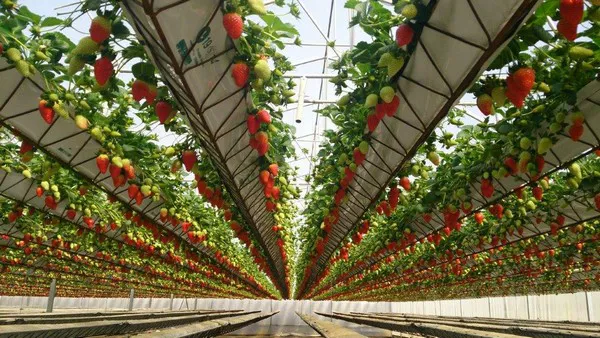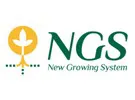This is what the greenhouses of the future are like: recirculating hydroponics and robotic technology to save on fertigation and labour. They allow double cultivation and increase production by taking full advantage of the surface with high densities, generating greater profitability. This innovation improves the efficiency in the use of water, combining hydroponics with the recovery and reuse of the drains generated, through a system developed by the company New Growing Systems (NGS).

Innovative
"The future is already present in these greenhouses and facilities, and they are completely adjusted to the demands of producers, also combining great versatility and adaptability to various types of weather," says the team with NGS.
Recirculating hydroponics is one of the innovations that has burst onto the market, arousing international interest. It is an innovative soilless cultivation technique that reuses the drains generated, making its way as a solution to the lack of water resources. In turn, it avoids leachate from irrigation in the soil, so the impact on the ecosystem is nil. In this way, savings in water and fertilizers of between 50% and 80% are obtained compared to conventional cultivation.
Leafy greens
In the case of leafy greens, the number of production cycles per year increases, thanks to the fact that it can be planted immediately after harvesting the previous crop, eliminating downtime, and the early growth experienced.
But producers also have robotic technology for leaf crops, such as Baby Leaf. It is an automated system capable of holding 27,200 trays per hectare, for a crop of 12 cycles per year, with a yield of 163 tons per year of product from 'tender shoots'.
It also has the advantage of offering maximum reliability in programming and performance. Thus, it is possible to count on high quality productions, with total cleanliness and uniformity.
Double cultivation
Another of the innovations is the double cultivation in the same greenhouse thanks to the elevated systems that, without needing aisles for handling, allow high planting densities. In fact, the vertical system for the intensive cultivation of hydroponic tomato allows to double the production and reduce the cost of labour during the cultivation between 30% and 40%, compared to a conventional cultivation.

The double cultivation, such as the combination of lettuce and strawberry in hydroponic greenhouses without a substrate, aims to increase production by taking full advantage of the area, achieving greater profitability and, therefore, reducing the rate of return on investment performed.
The double cultivation model developed by NGS can reach 140,000 plants per hectare, for both strawberry and lettuce. This density is much higher than that of other forms of cultivation, with percentages between 50 and 100 percent higher, depending on whether you opt for the elevated system, or the oscillating and suspended systems.
Lettuce in a month
This soilless cultivation model is also used for lettuce, arugula or watercress, as well as for aromatics and spices, such as oregano, parsley, marjoram or mint.
The system, which uses up to 85% of the space in a greenhouse, achieved excellent results in a study from the University of Turin (Italy), managing to produce 200-250 gram Gentilina Rebelina lettuce heads in just one month.
In addition, it is ideal for the cultivation of unwashed packaged products, as its optimal hygiene and health conditions are verified. Therefore, a packaging line could be installed directly in the greenhouses.
Another advantage of these greenhouses of the future is their ability to adapt to any climate, since it can be used for cold climates, with temperatures can reach 35 degrees Celsius below zero, but also withstand 50 degrees Celsius in arid and desert climates.
For more information:
New Growing Systems Paraje El Canadillar, 10
Paraje El Canadillar, 10
(04640) Pulpi · Almería · Spain
+34 950 619 343
ngs@ngsystem.com
www.ngsystem.com
